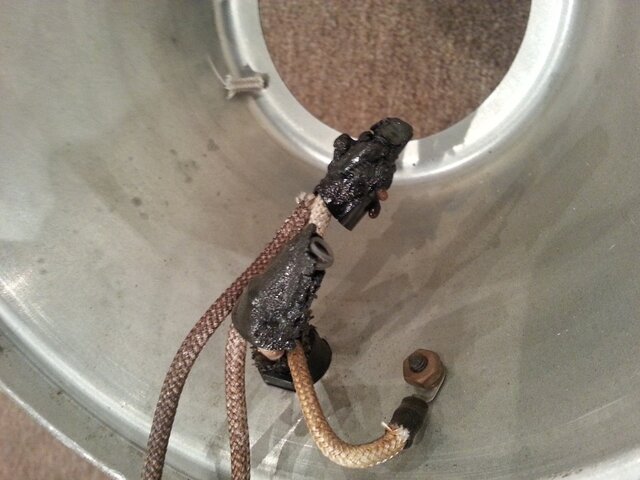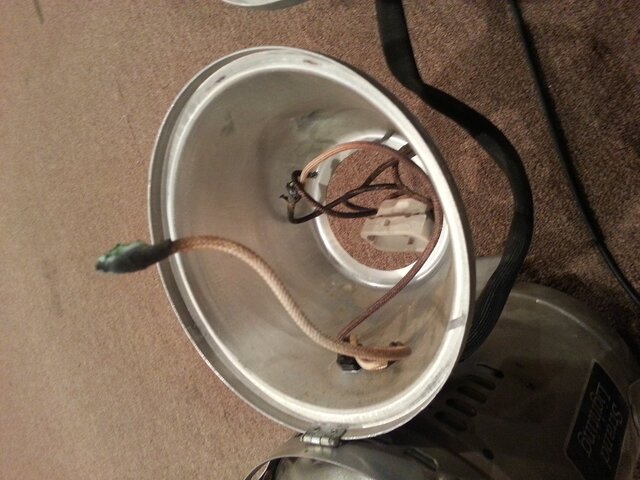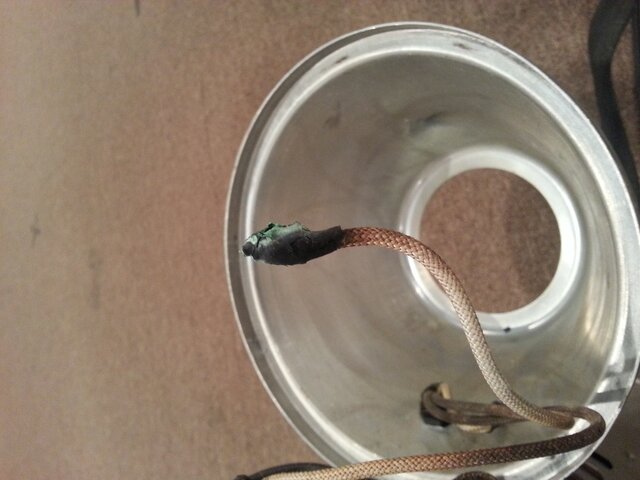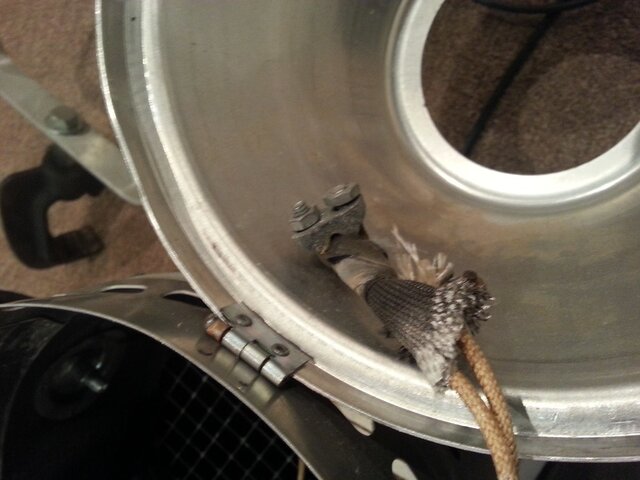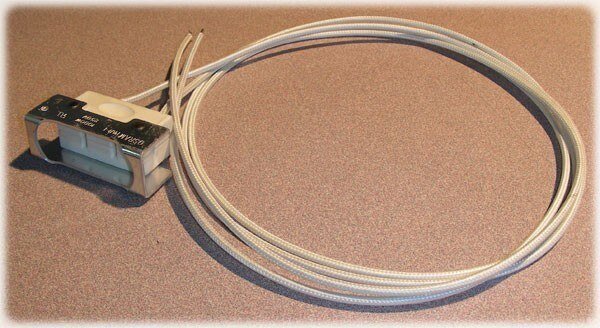You are using an out of date browser. It may not display this or other websites correctly.
You should upgrade or use an alternative browser.
You should upgrade or use an alternative browser.
PAR Cans
- Thread starterEsoteric
- Start date
Pic#2: The best case for ceramic wire nuts I've ever seen.
Pic#4: Cable clip / crosby used as strain-relief is a new one on me.
Seems "The Lord will provide" doesn't always work.
.
Pic#4: Cable clip / crosby used as strain-relief is a new one on me.
Seems "The Lord will provide" doesn't always work.
.
Esoteric
Well-Known Member
Pic#2: The best case for ceramic wire nuts I've ever seen.
Pic#4: Cable clip / crosby used as strain-relief is a new one on me.
Seems "The Lord will provide" doesn't always work.
.
They used the wrong wire nuts and cheapo ones at that. My electrician has wire nuts that would never melt, but someone cheaped out on it. We see the same thing in small and medium sized theaters.
techieman33
Well-Known Member
Pic#2: The best case for ceramic wire nuts I've ever seen.
Pic#4: Cable clip / crosby used as strain-relief is a new one on me.
Seems "The Lord will provide" doesn't always work.
.
I prefer ceramic terminal blocks [aka "sugar cube"] over wire nuts. I guess in a permanent install situation the wing nuts would probably be ok though.
Last edited by a moderator:
Les
Well-Known Member
What is the reason for using the terminal blocks (sugar cubes)? I always thought it was a way to transition from the high temp fiberglass leads of the socket to the cheaper rubber whip on many lower priced pars. Any time I rewired a 'China Par', I just took the socket leads all the way to the connector. While I was in there, I'd remove the cable gland and add a more traditional strain relief along with new fiberglass sheath in its place. I'd also run a high temp ground wire and bond it to the inside of the back cap.
No blocks, no wire nuts, etc.
No blocks, no wire nuts, etc.
Esoteric
Well-Known Member
In this case at some point the units needed new ceramics and instead of rewiring the whip or replacing the connectors inside the ceramic, the just took a new ceramic, cut the wires and wire nutted them into the whip.
Not the way we would rewire PARcans, if we rewired PARcans (which we don't, we just buy new ones).
Mike
Not the way we would rewire PARcans, if we rewired PARcans (which we don't, we just buy new ones).
Mike
techieman33
Well-Known Member
What is the reason for using the terminal blocks (sugar cubes)? I always thought it was a way to transition from the high temp fiberglass leads of the socket to the cheaper rubber whip on many lower priced pars. Any time I rewired a 'China Par', I just took the socket leads all the way to the connector. While I was in there, I'd remove the cable gland and add a more traditional strain relief along with new fiberglass sheath in its place. I'd also run a high temp ground wire and bond it to the inside of the back cap.
No blocks, no wire nuts, etc.
Makes socket replacement a whole lot faster. And with a 6 bar you can't run the socket leads all the way to the connector.
David Ashton
Well-Known Member
we use "Parsafe", much safer especially on 240 volts
JD
Well-Known Member
Never trust an old PAR can before a close inspection! In my early days, the first few generations of PAR sockets were composed of two ceramic halves held together with screws and nuts. After a few months on the road, the screws would fall off and when you went to twist the lamp you got a "surprise handshake!" Didn't take too many of those before I was pulling every can apart and hitting the screw heads and nuts with high-temp GE silicon, something that probably should have been done at the factory. New sockets are riveted for the most part, so that problem is history. Now enter the "sugar cube." Seems many manufacturers (mainly Chinese) are a little too worried about over-tightening them. Nothing like a stray wire floating around the fixture! As mentioned before, there are times a splice is the only thing that works. But outside of that, a single piece socket and whip is the way to go.
muslighting
Member
Similar threads
Automated Fixtures
MAC 2000 Profile Wiring Issues
- Replies
- 6
- Views
- 1K
- Replies
- 2
- Views
- 820
Control/Dimming
ADJ Dotz Par Dimming Control Issue
- Replies
- 2
- Views
- 705
Control/Dimming
One light changes color
- Replies
- 13
- Views
- 2K
Users who are viewing this thread
Total: 1 (members: 0, guests: 1)



